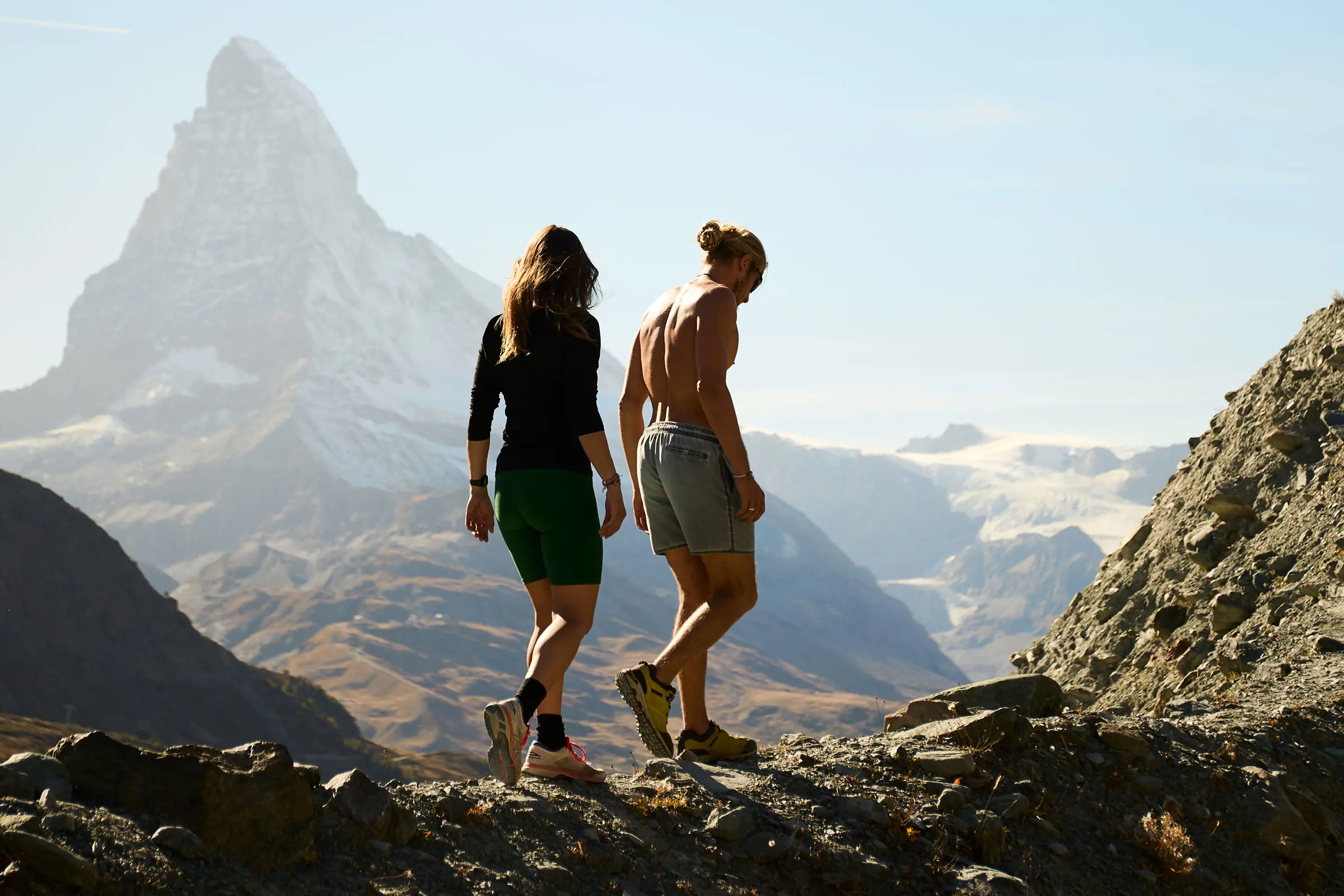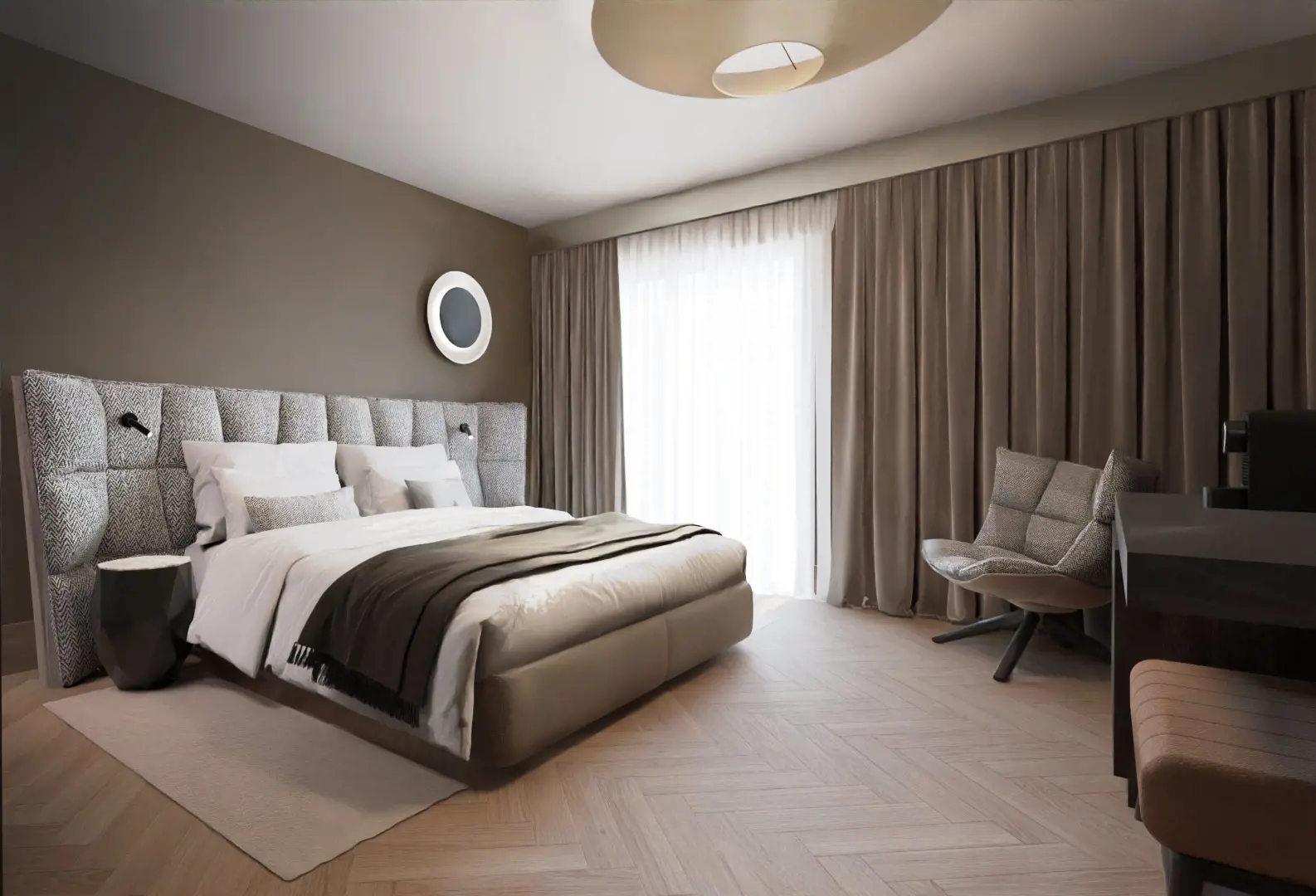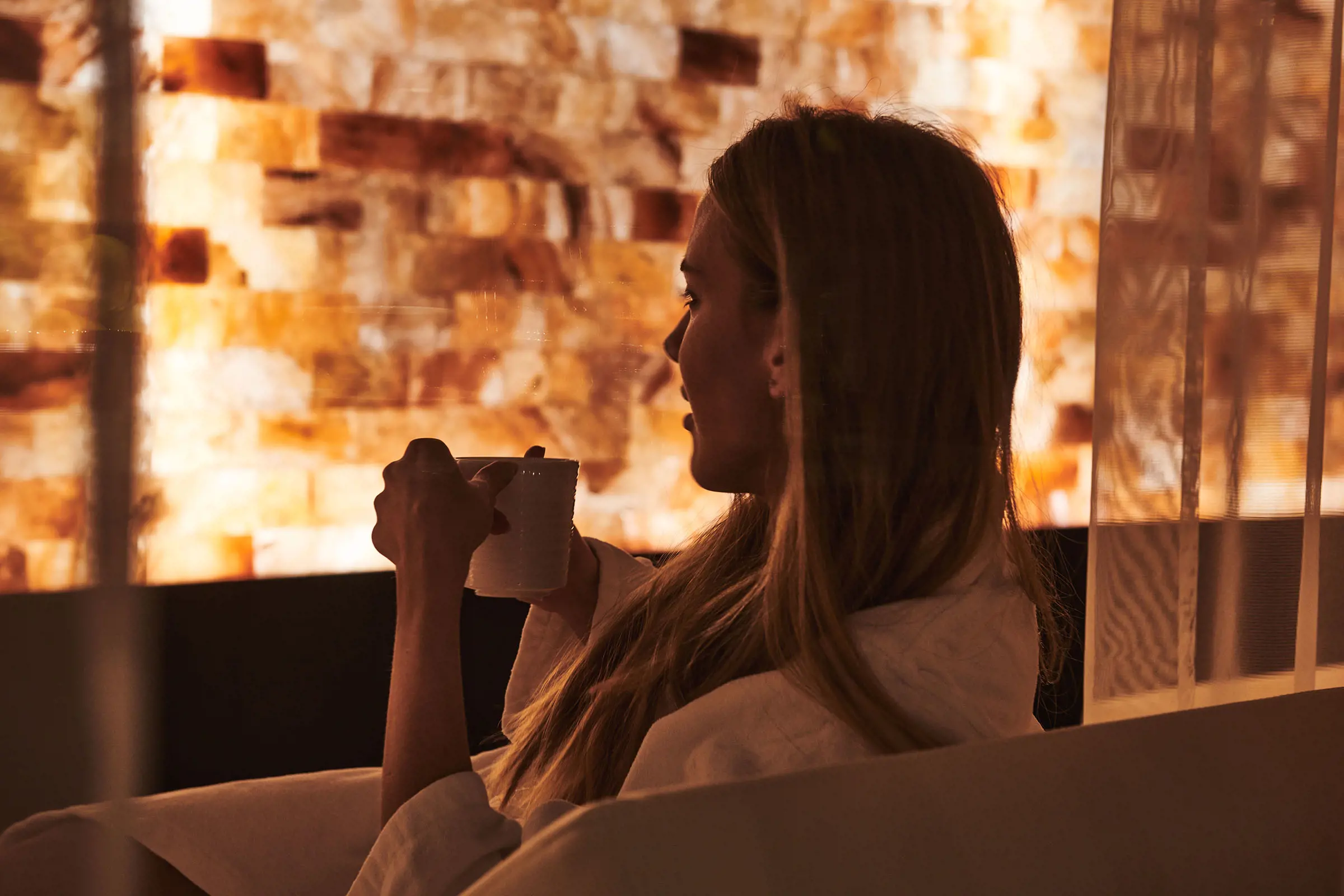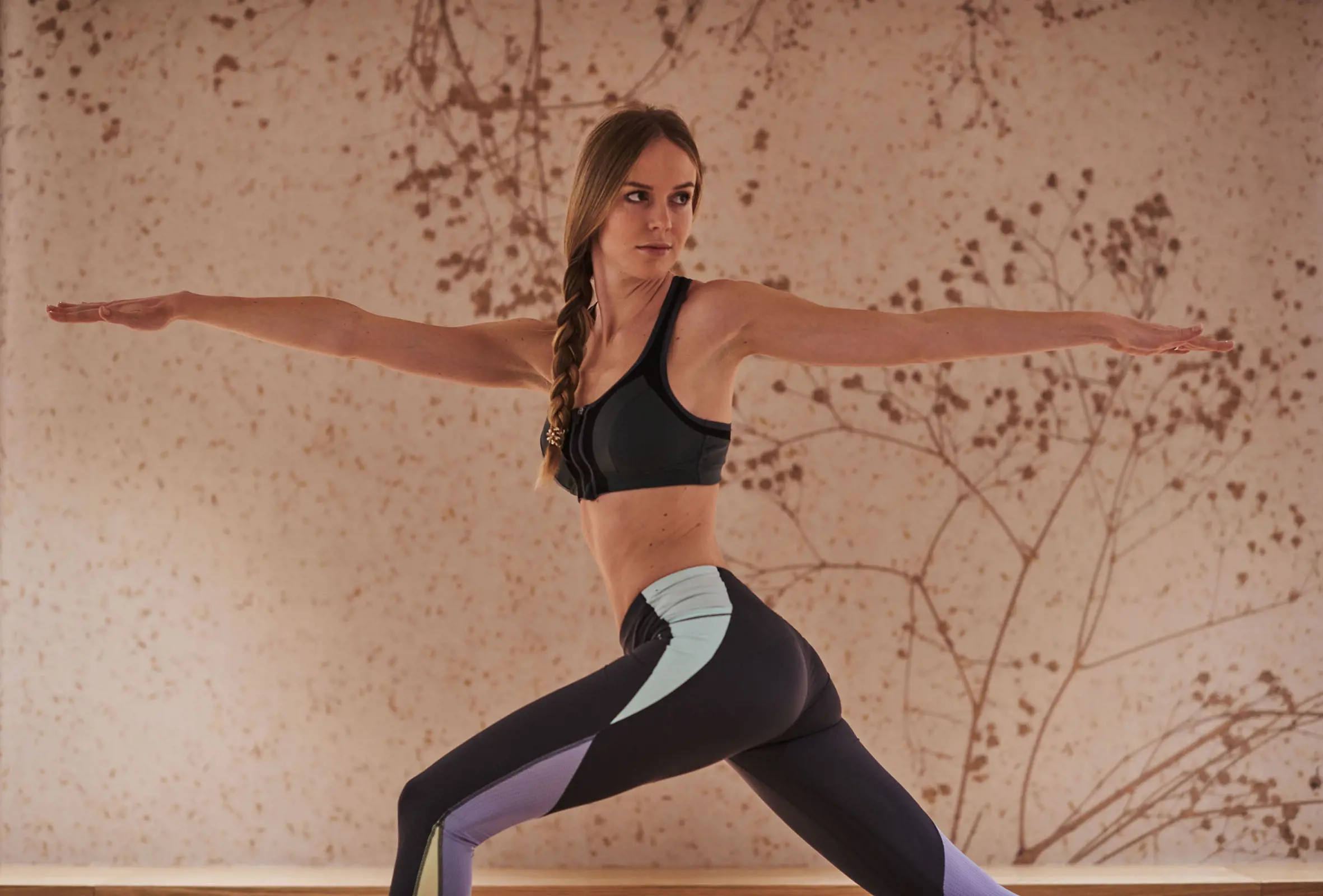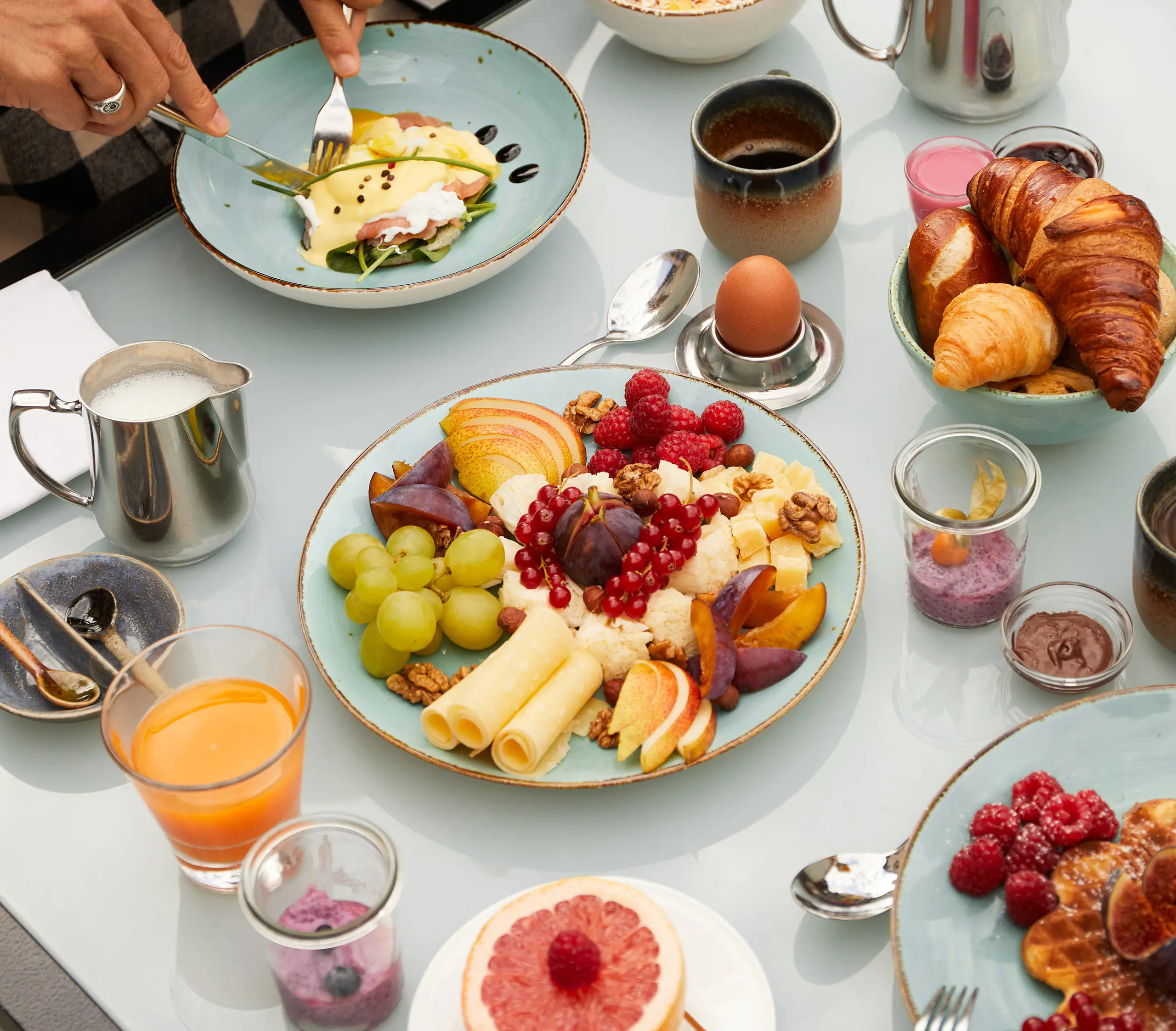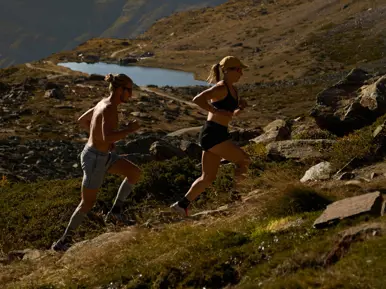
Staying active is a cornerstone to life at SCHLOSS Zermatt. This might mean lifting weights or sliding into child’s pose.
Whatever action means to you, sport’s stabilising discipline of focused breathing equips us for the day and helps us connect to the natural elements of both our external and internal worlds.
"Change happens through movement and movement heals.”
Joseph Pilates.
Below is a guide to some of the sports we encourage at SCHLOSS…
1. Pilates
This whole-body workout focuses on the body’s deep postural and core muscles. The workout consists of a combination of strengthening, stretching and relaxation exercises - promoting mindful awareness and ensuring a supple body. Pilates is the perfect companion to endurance training and many promote it for reducing lower back pain.
2. TRX training
Total Resistance Exercise (TRX) originates from the USA and is also called sling training or suspension training.
Here you train with your own body weight on two ropes hanging from the ceiling. Because the ropes are constantly in motion, the body has to do a lot of stabilising work which makes the training very demanding. For the exercises, you usually use the attached handles, both for the hands and the feet.
Training can be done in all basic positions: standing, lying on one’s back or in a side position, or sitting or on all fours. When training, special attention must be paid to two things: the correct starting position and your body’s tension. Another important point to consider is where you focus. The difficulty of an exercise changes depending on whether you are standing in front of, behind, or directly under the anchorage point of the TRX bands. Depending on fitness and ability, the difficulty of the exercises can be adjusted, including the number of repetitions or the speed of execution.

3. Dynamic weight lifting
Also known as kettlebell training, this series of lifting, swinging and holding a weight can build strength and increase endurance, balance, flexibility and coordination.
Because kettlebell training involves the whole body and is low-impact, it is suitable for all fitness levels. The weights can be reduced or increased depending on strength and goals.
A good exercise for beginners: standing upright, swing a kettlebell around you, passing it from hand to hand. This tests core stability and arm strength.
A great advanced exercise: the kettlebell swing in which you move the bell in a pendulum motion from between the knees to anywhere between eye level or fully overhead.
4. Body-weight training
Body-weight circuit training is suitable for everyone because the exercises can easily be adapted to an individual fitness level. Here, exercises work multiple muscle groups at the same time to maximise the productivity of a training session.
Example? The frog burpee. Start in a squat position and jump your feet out over your hands. Then return to the squat and jump into a plank. This exercise trains the strength and flexibility of the lower body, while also promoting shoulder stability and torso and cardiovascular strength.
Another good exercise for beginners is the rolling side plank. You start in a side plank and then slowly roll to the other side. For those more advanced, try the stand-up: lie on your back and roll to a standing position without using your arms. Then jump over an obstacle like a block or a step.
Need a hand?
Strength exercises and endurance training are a great way of getting in your FLOW and warming up the muscles for outdoor activities.
If you want some further tips, or a more concrete fitness programme to guide you through your stay at SCHLOSS Zermatt, book a 1-1 personal training session with us.

